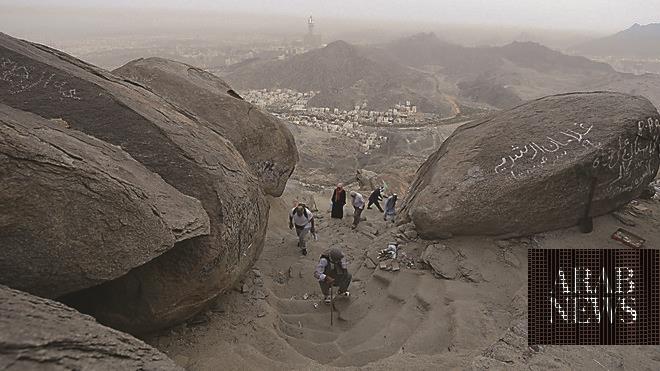
MINA — For four days consecutively starting on the following morning of Arafat Day, millions of pilgrims make their way to the Jamarat facility in Mina, a pivotal location where they engage in the ritual of stoning the three pillars. This act, deeply rooted in Islamic tradition, sees pilgrims following in the footsteps of the Prophet Muhammad (peace be upon him) by throwing pebbles at the Jamrah al-Sughra (small pillar), Jamrah al-Wusta (middle pillar), and Jamrah al-Aqaba (large pillar).
On the morning of Dhul Hijjah 10, pilgrims stone the Jamrah al-Aqaba (large pillar) before they make the animal sacrifice. Over the next three days, called the days of Tashreeq, they continue the ritual at all three Jamrahs.
The Jamarat facility, a marvel of modern engineering and logistical planning, has been meticulously prepared to accommodate the vast influx of pilgrims.
The multi-level structure, designed to distribute the crowds efficiently, ensures a smooth and safe flow of pilgrims throughout the ritual. Multiple pathways guide the pilgrims across the different levels of the facility, each engineered to handle the dense crowds that gather each year.
One of the most significant improvements in recent years includes the installation of large canopies that provide shade, along with cooling fans equipped with misting systems to reduce the heat. These enhancements aim to provide a more comfortable environment for pilgrims as they fulfill their religious duties.
Additionally, the facility is equipped with escalators, service buildings, and newly designed pathways to facilitate easy movement. Surveillance cameras are strategically placed along the routes leading to and within the Jamarat, allowing a dedicated team to monitor and manage the flow of pedestrians, ensuring safety and efficiency.
Massive television screens have been installed throughout the area to provide instructional videos and guidance in multiple languages, aiding pilgrims in performing their rituals correctly and safely. These screens are complemented by illuminated signage, part of a modern naming and numbering system for various locations within the facility, further assisting in navigation and orientation.
Fixed and movable staircases have been strategically placed to connect key areas. These staircases facilitate the movement of pilgrims from the ground level to the upper floors without causing congestion at the base of the Jamarat pillars.
The meticulous planning and execution of the Jamarat project highlight the dedication to enhancing the Hajj experience, ensuring that pilgrims can perform their rituals with ease and in a secure environment. The innovations and improvements are a testament to the commitment to maintaining the sanctity and safety of one of Islam"s most sacred rites.












